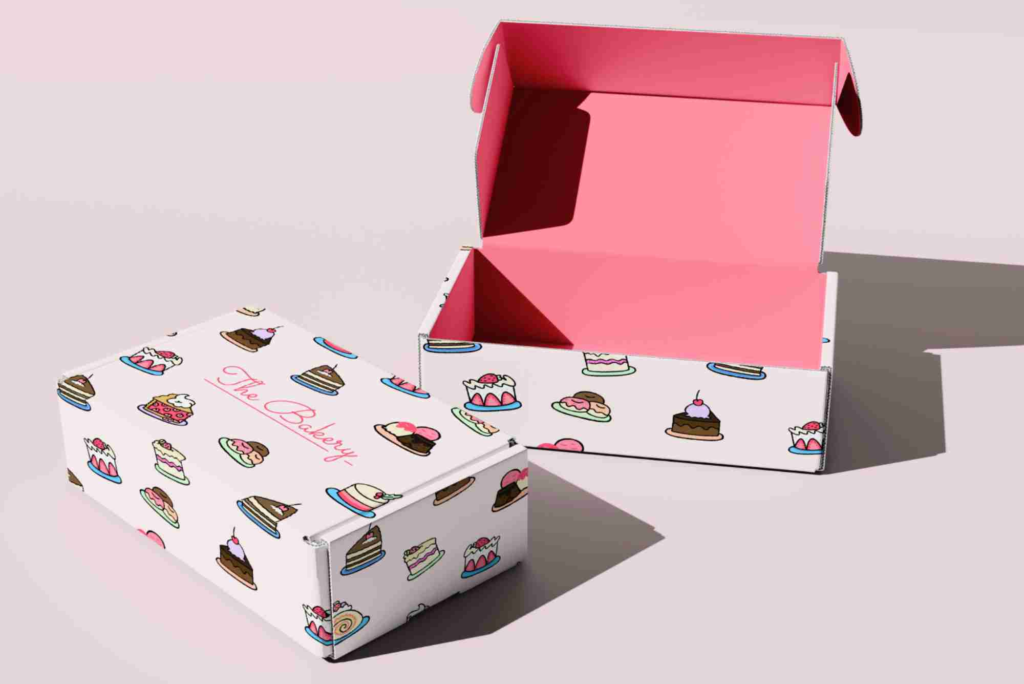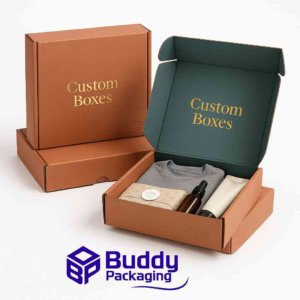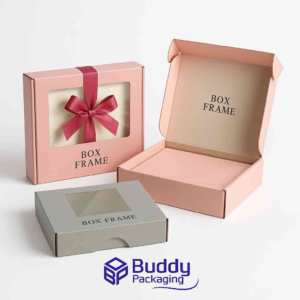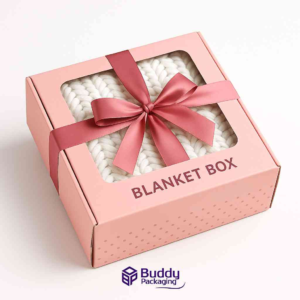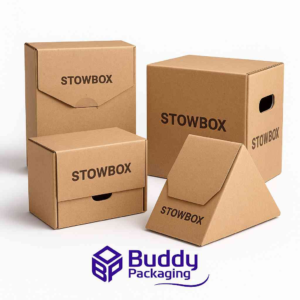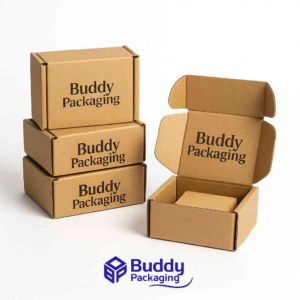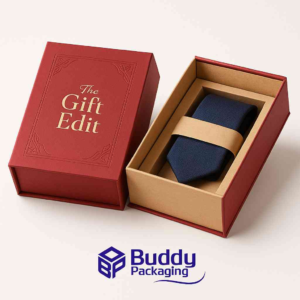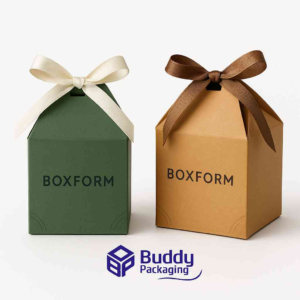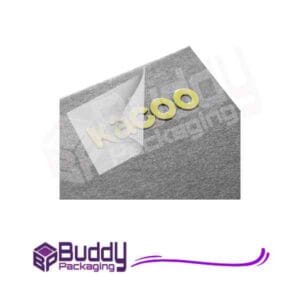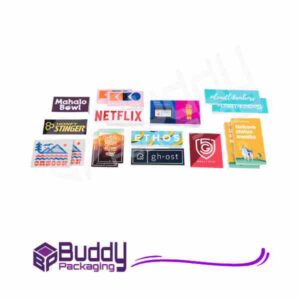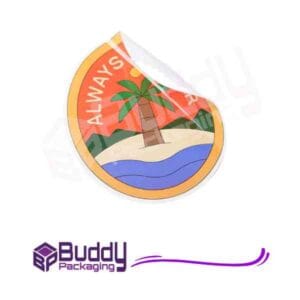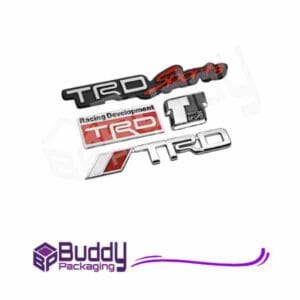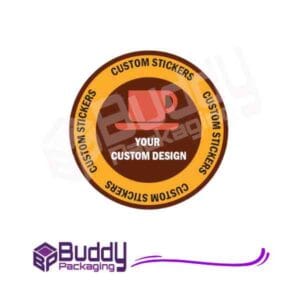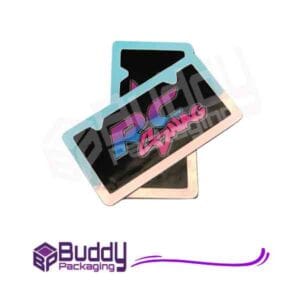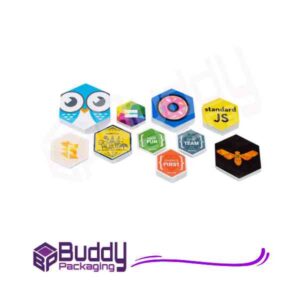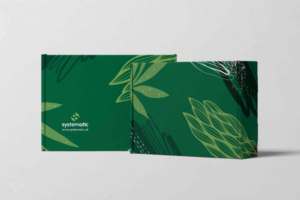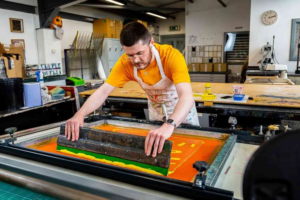Box Packaging Design: How to Estimate Your Electricity Bill
In today’s competitive market, box packaging design plays a crucial role in how customers perceive and interact with a product. The packaging is not just about protecting the item inside; it is also about telling a story, representing your brand, and influencing buying decisions. Well-designed packaging can elevate your product’s value, create a memorable unboxing experience, and differentiate you from competitors.
This guide explores everything you need to know about box packaging design, from its importance and principles to strategies for making packaging practical, appealing, and cost-efficient. You’ll also learn how brands can estimate costs and optimize packaging while aligning with customer expectations.
Why Box Packaging Design Matters
Packaging is often the first touchpoint between a customer and a product. A poorly designed box can make even a premium product seem cheap, while an innovative design can make a simple product feel luxurious.
First Impressions Count
Your packaging is the first thing customers see. A clean, attractive design builds trust instantly and can encourage repeat purchases.
Protects and Promotes
The design must balance aesthetics with functionality. The box should protect the product while promoting brand identity.
Boosts Brand Recognition
Unique and consistent designs help customers easily recognize your brand on crowded shelves or online marketplaces.
Principles of Effective Box Packaging Design
Simplicity
Overly complicated designs confuse buyers. A simple, clear design ensures your message is delivered quickly.
Brand Consistency
Colors, typography, and logos should align with your overall branding. Consistency strengthens brand recognition.
Practicality
A good design must be easy to assemble, open, and store. Packaging that frustrates customers can damage brand loyalty.
Sustainability
Eco-friendly packaging is no longer optional. Consumers expect brands to prioritize sustainable materials and minimal waste.
Types of Box Packaging Designs
Folding Cartons
These are lightweight, cost-effective, and commonly used for retail packaging. Ideal for products like cosmetics, food, and small electronics.
Rigid Boxes
Strong and durable, rigid boxes give a premium feel. Often used for luxury goods like jewelry and high-end gadgets.
Corrugated Boxes
Best for shipping and bulk packaging. They are sturdy, provide maximum protection, and can still be branded creatively.
Custom Printed Boxes
Personalized designs create a stronger connection with buyers. Businesses often opt for Custom Boxes to reflect their unique branding.
Key Elements in Box Packaging Design
Color Psychology
Colors evoke emotions and influence purchasing decisions. For instance, green often signals eco-friendliness, while red can spark urgency.
Typography
Readable fonts with the right size and placement improve user experience. Avoid cluttered or overly artistic fonts that reduce clarity.
Imagery and Graphics
High-quality visuals can showcase product features and enhance appeal. Minimalist graphics are trending for modern packaging.
Materials
Cardboard, kraft paper, and recycled materials are common. Choose materials that align with your brand values and customer expectations.
Cost Estimation in Box Packaging Design
Understanding costs helps businesses plan better.
Material Costs
The type of material (rigid, corrugated, or kraft) affects pricing. Sustainable materials may cost more but add long-term value.
Printing Costs
Designs with multiple colors or finishes (like embossing or foil) increase printing costs. Explore print & finishing insights for better cost management.
Size and Dimensions
Larger or irregularly shaped boxes use more material, increasing overall expense. Optimizing box size reduces both cost and environmental impact.
Order Quantity
Bulk orders usually lower the cost per unit. Small runs may seem affordable but can be expensive over time.
Design Trends in Box Packaging
Minimalism
Clean designs with minimal text and graphics attract attention and feel premium.
Interactive Packaging
Features like QR codes or augmented reality create engaging customer experiences.
Sustainable Packaging
Biodegradable materials and recyclable designs meet eco-conscious consumer demand.
Storytelling Packaging
Boxes that tell your brand story strengthen customer loyalty and emotional connection.
How to Create an Effective Box Packaging Design
Define Your Target Audience
Design should match your audience’s preferences. For example, bold and colorful designs appeal to younger audiences.
Focus on Functionality
Aesthetic appeal must not compromise usability. Test prototypes for durability and ease of use.
Collaborate with Experts
Work with packaging designers or companies like Buddy Packaging Location to create designs that balance creativity with practicality.
Test Before Launch
Always test packaging for printing quality, structural strength, and customer experience before mass production.
FAQ Section
What is the purpose of box packaging design?
The purpose is to protect products, represent the brand, and create a positive customer experience.
How do I choose the right material for my packaging?
Consider your product type, budget, and sustainability goals when choosing between cardboard, rigid, or eco-friendly options.
What makes a box design attractive to customers?
Clear messaging, eye-catching colors, practical usability, and a design that reflects the brand’s values attract customers.
Can box packaging design affect sales?
Yes, attractive and functional packaging can influence buying decisions and improve brand loyalty.
How do I reduce packaging design costs?
Optimize box size, use cost-effective materials, order in bulk, and avoid unnecessary finishes.
Box packaging design is more than just an outer layer; it is a powerful marketing tool that shapes customer perception and brand success. By focusing on functionality, creativity, and sustainability, businesses can deliver packaging that not only protects but also promotes.
If you want to stand out, start exploring tailored solutions like Custom Boxes that align with your brand identity. Stay updated with print & finishing insights and collaborate with experts to bring your vision to life.
Are you ready to transform your packaging into a brand asset? Take the first step today and design packaging that speaks for your product.

